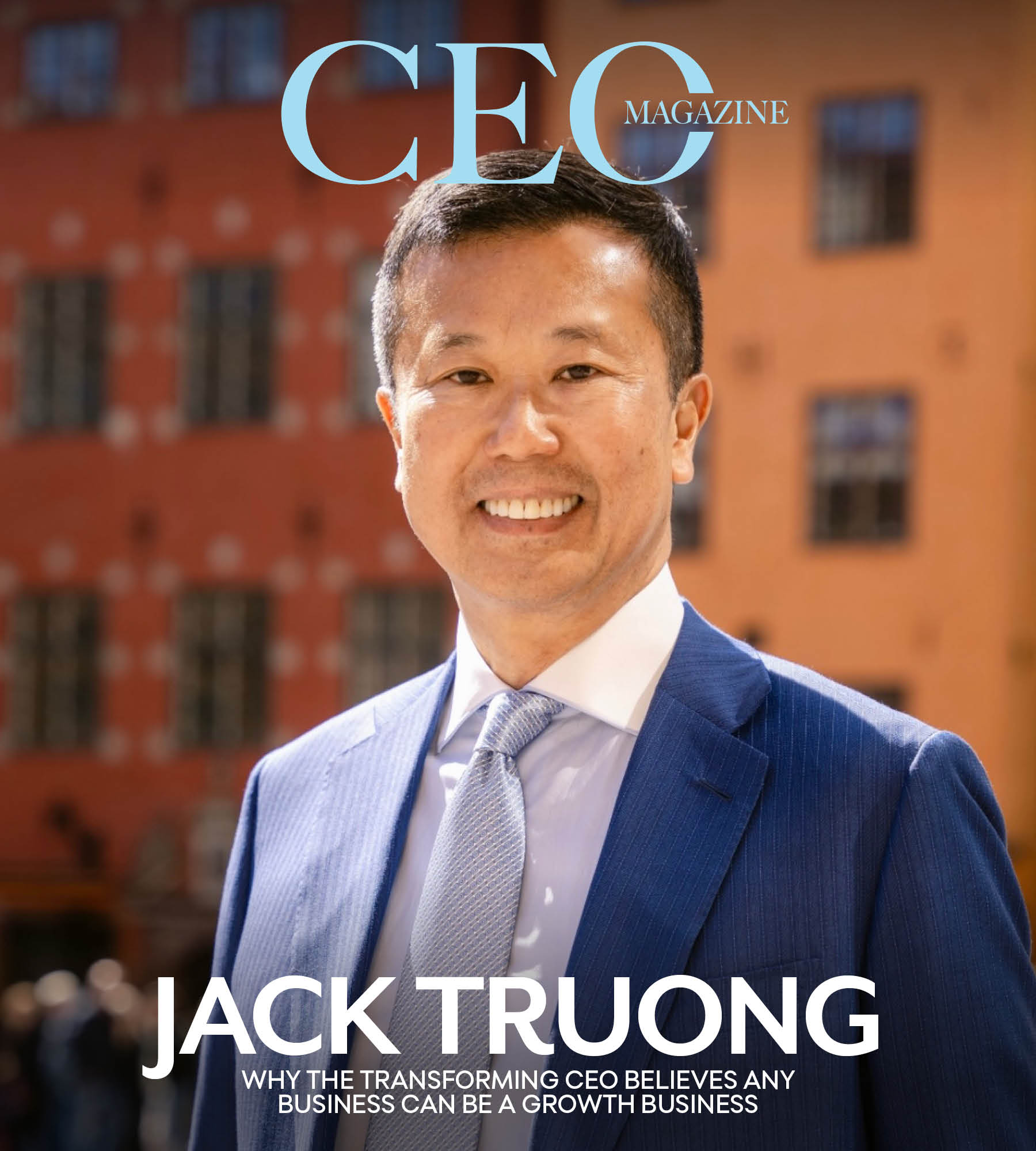Language
You can read the magazine in one of the following languages
Any business can turn into a growth business, says Jack Truong – and he has the track record at three global multinationals to prove it.
“It doesn’t matter what the economic condition is, it doesn’t matter what type of business it is, whether it’s a stagnant or growing business, it can be transformed into a profitable growth business,” Truong explains. “I’m that transforming CEO or business leader.
“Every company I have had the opportunity to run, I have transformed it into a very big, profitable, growth business and created a lot of value for what I call the three CEO stakeholders: Customers, Employees and Owners.”
First, there was 3M, where – fresh from defending his PhD in Chemical Engineering – he invented 11 patents in his first two years. One of them in particular struck a chord and unlocked a whole new product line for the company: the Scotch-Brite microfiber cloth.
“That’s when I transitioned from being in the R&D and technical side of the company to the business side, and I was moved to Europe to run 3M’s home cleaning product line,” he explains.
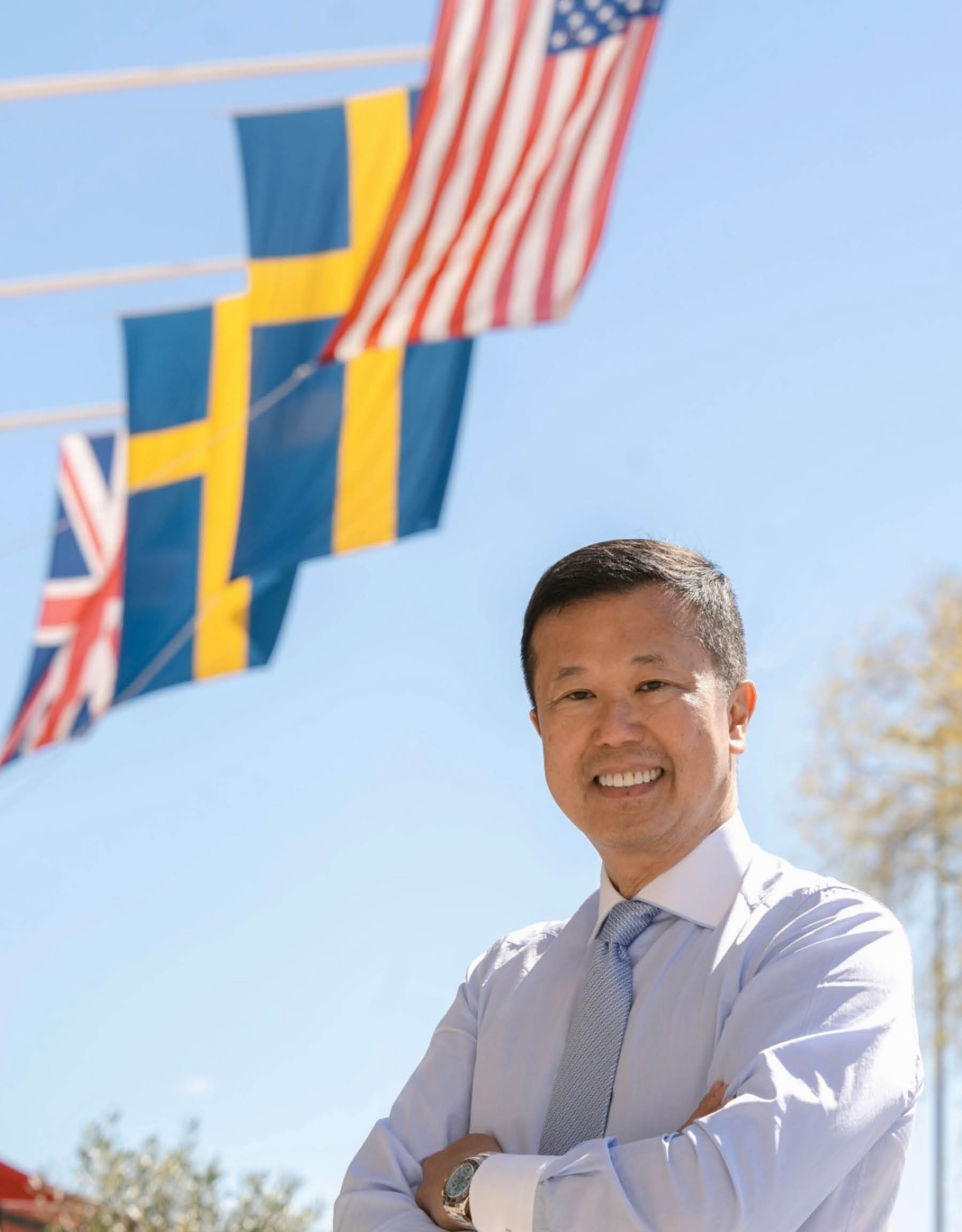
It was the first of a series of upward steps in his career with the company that would culminate in a return to its United States headquarters as President of the Office Supplies division in 2003. At about the same time, the Blackberry exploded onto the scene, an innovation that threatened one of 3M’s core products: the Post-it note.
“Every time someone sent a text, that was one less Post-it note used,” he says.
For several years leading up to his appointment as Head of the division, the growth of the business was in decline. So one of his first actions in the role was to conduct market research into consumer behavior.
“We found people still wanted to be able to leave messages, but not always on paper,” he explains. “Sometimes, they wanted to stick a note to a computer screen, to a chair or a cubicle wall,” he says.
But the adhesive at the time didn’t allow for a good stick on non-paper surfaces.
“So we invented a new-to-the-world adhesive that did,” he recalls. “Then we made them into very catchy colors so that people wouldn’t miss them.”
It was a move that reversed the declining sales.
“All of a sudden, the business took off significantly, because we created new applications to address the unmet needs of consumers.”
This is just one example of how Truong has a knack for observing where the market is going, repositioning a brand accordingly and correctly executing the approach to make it more relevant to the changing world.
He enacted a similar play when he transitioned from 3M to Electrolux, as President and CEO of North America.
“Back in 2011, when I joined, it was about a US$4.2 billion business. The company saw North America as a mature market and didn’t expect any growth. In fact, when I took over, the company wasn’t growing and profit was declining.”
At his first meeting with the top 200 global leaders within the company, he stood before them and told them that there was no such thing as a mature market, only mature business managers.
“Of course they were shocked,” he remembers, with a laugh. “But North America is a very large market and it should be growing.”
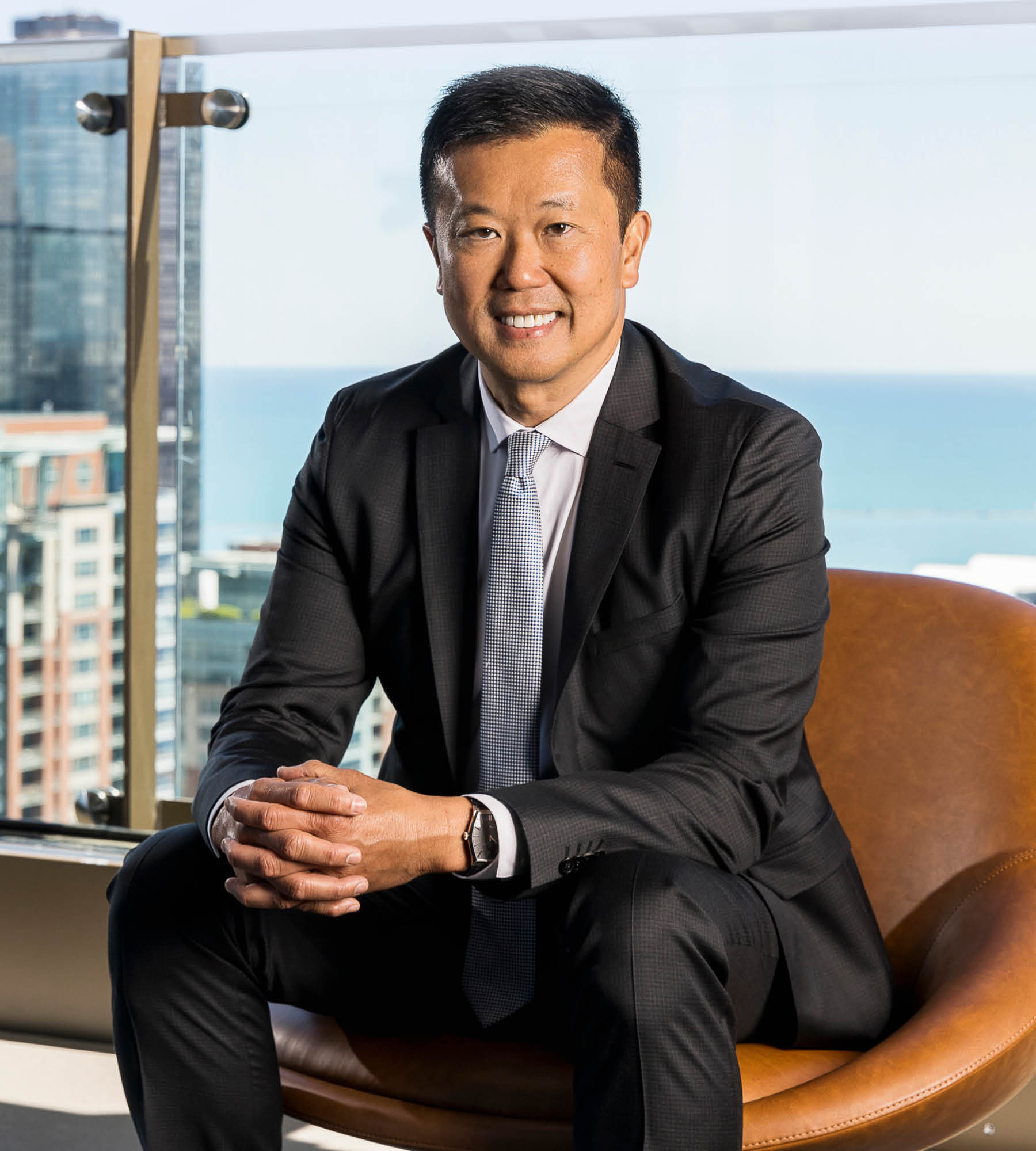
As with his previous role at 3M, he took the time to look at the market to see where the opportunities were and how the company could innovate in the product line. In doing so, he identified that its two main competitors were LG and Samsung.
“Those two brands had gained their market share by leveraging the electronic technologies of their mobile phone and TV and consumer electronic divisions,” he says.
Knowing that Electrolux couldn’t compete on that playing field, he turned his focus to consumer behavior to develop products for their unmet needs.
“Some washing machines are packed with fancy electronics, but what consumers really want is simplicity of use. And, at the same time, they wanted their washer and dryer to look good,” he explains. “So we put more focus on the design, to make our products eye-catching, beautiful and easy to use.”
Under his leadership, Electrolux moved from third place in the North American market to second – and saw its value more than double.
Swapping white goods for building materials might not have seemed like the obvious progression, but that’s exactly the next move Truong made when he joined James Hardie as President in 2017, becoming CEO in January 2019.
“Before I started, James Hardie was primarily a B2B company, supplying planks to builders and contractors,” he explains. “But we realized that the people who actually make the purchasing decision are homeowners, more specifically female homeowners.”
To fulfill a revised mission of delivering beautiful homes to homeowners, a new marketing push was part of the play to shift more towards a B2C audience. At its core, however, was the innovation of panels – in addition to existing planks – that could provide a variety of different looks to a home.
For the dual-listed company, on both the Australian and New York Stock Exchange, it was a 180-degree pivot that allowed the company to evolve from a one-dimensional to multi-dimensional company – and to grow from a market capitalization of around US$4.5 billion to US$18.5 billion in three years, with Truong as its CEO.
Yet, as any leader who has implemented significant change in a business knows, with transformation comes resistance.
“The first six months are always very challenging to get people on board,” he acknowledges.
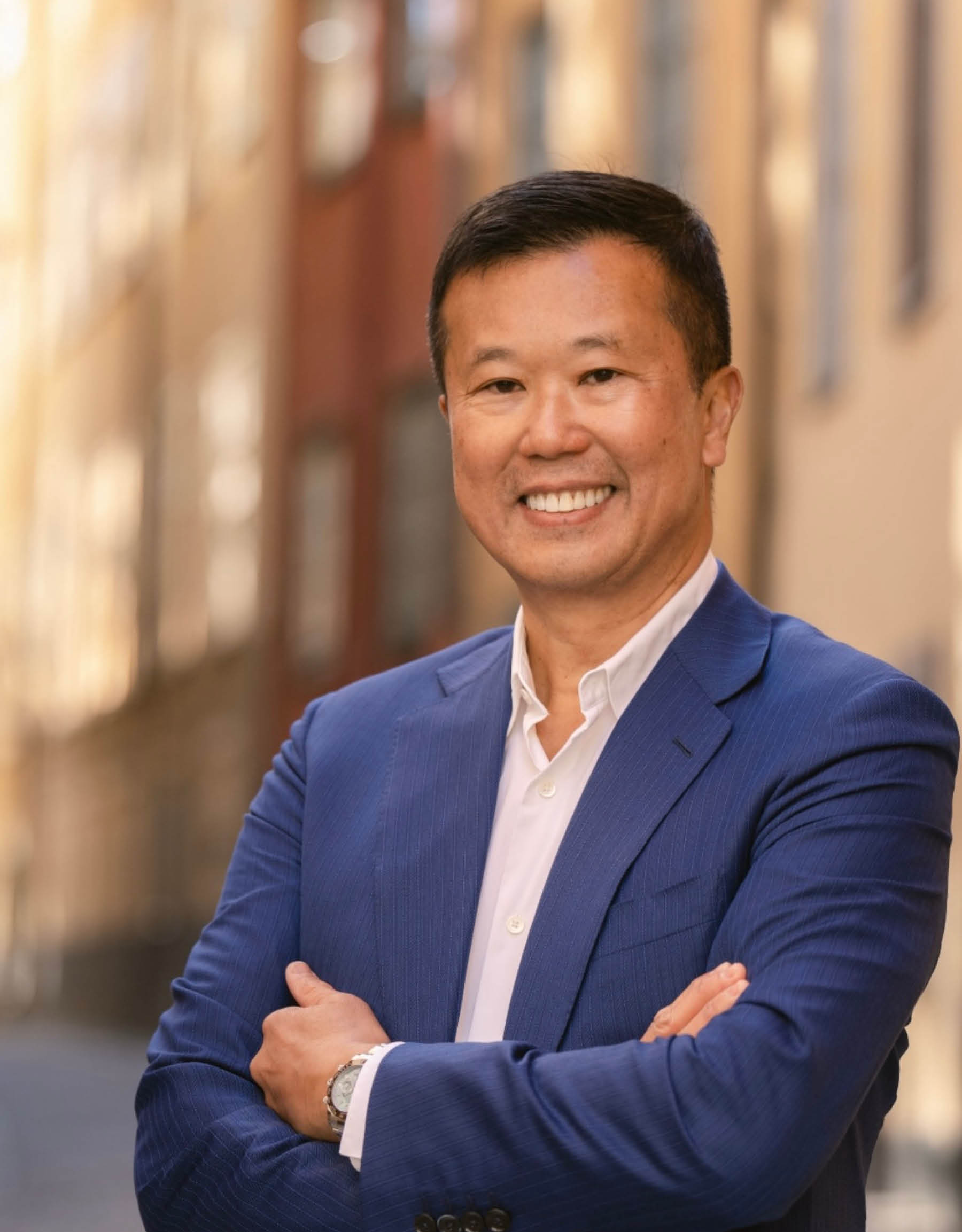
Over time, he’s honed his approach.
“At first I spend a lot of time in the marketplace to understand where the market opportunities are and assess the capability of the businesses to craft the strategy that will allow the company to be able to turn around and grow profitably in a sustainable way,” he reveals.
“Once I have that, I focus on communication – and a lot of it – not only to my direct reports but then through all the employees in the company. Then you have to show how it’s going to be done, and work with leaders to show how the organization can focus on executing that strategy together.”
He explains that, done correctly, the changes soon show results.
“Bit by bit, that’s when people start to believe that this could be the right path – but you have to accentuate those little wins.”
Yet there are always a few who are not on board, a lesson he learned very publicly in early 2022 when he was sacked by the James Hardie board.
“Even though more than 99 percent of employees supported the transformational initiatives that I was leading, there were a few legacy employees who didn’t like all the big changes and new ways of doing things,” he explains.

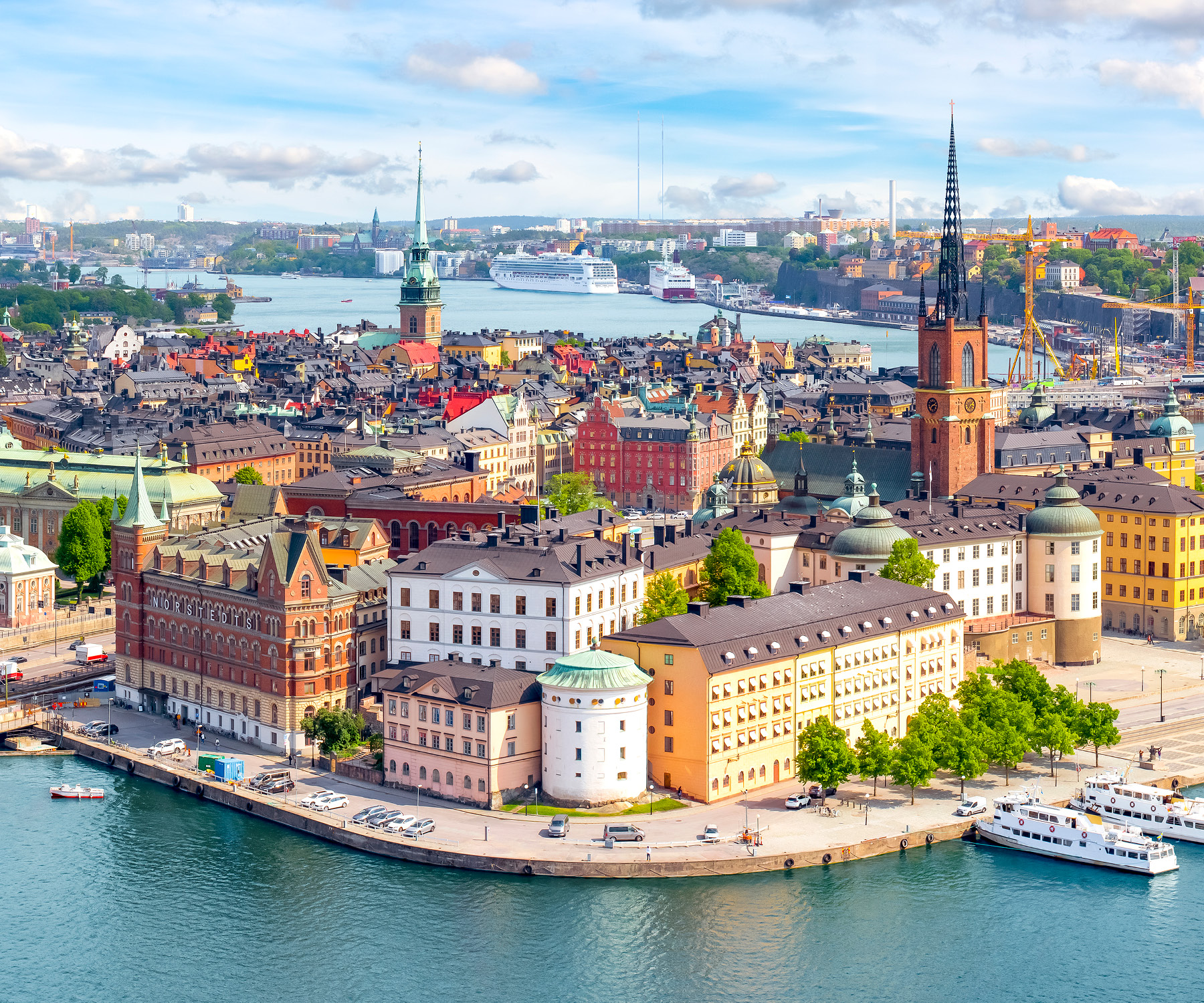
Truong no longer sees the events that surrounded his exit as a setback, more as a learning experience.
“If you don’t fail, you don’t really learn,” he says, adding that a lesson from day one in R&D at 3M is that things fail.
“When you run into an obstacle, rather than continuing to hit that wall and the obstacle, you look around to find a new path. Every setback has been a huge learning experience that has helped propel me to the next opportunity.”
Today, he’s embracing a new work–life balance that allows him to see more of the world than when he was tied to the C-suite. He and his wife, split their time between Chicago in the United States and Stockholm, Sweden.
“A lot of my time now is spent investing in small to medium-sized companies where I see potential to scale, to make bigger, across industries from consumer goods to industrial,” he says.
Beyond that, he’s also embracing having more of that rare commodity: time.
“I now have the freedom of time to do a lot of things I like to do, rather than having to focus on one thing when I was the CEO of a company.”
